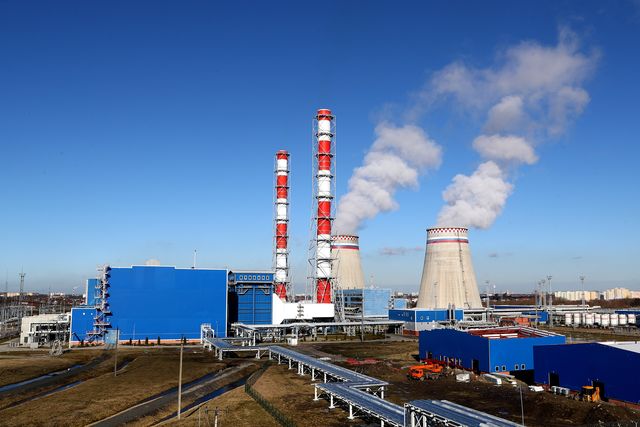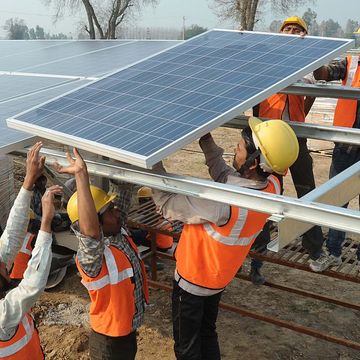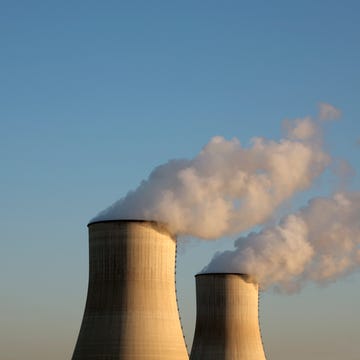In 2017, South Korea suffered the second-worst earthquake in its history, and a recent investigations finds that it may have been caused by humans. According to the government-funded study, the cause of the quake was an experimental geothermal plant in the city of Pohang.
Geothermal plants rely on the Earth’s internal heat to generate clean, cheap energy, which makes them attractive as a way to combat climate change. The geothermal plant in Pohang was one of a handful of experimental plants located around the world that seek to make this type of generation more efficient.
The Pohang plant works by pumping thousands of gallons of water deep beneath the Earth’s surface and into small subsurface cracks. That water is warmed by the Earth’s crust and brought back up to the surface, where the excess heat is converted into electricity. If that sounds familiar, you’re right: That’s very similar to the strategy used by natural gas fracking operations.
And just like fracking, geothermal injection plants can trigger earthquakes. A geothermal plant in Switzerland caused a 3.4 magnitude earthquake in 2006, mirroring the increase in earthquakes around fracking regions in the U.S. in recent years. No matter the reason, pumping all that water into the earth can destabilize the crust and make it easier for tectonic plates to slip. The result is earthquakes, and sometimes very severe ones.
That’s a big problem for communities living around these geothermal plants. The Pohang plant is being permanently shut down, but plenty of other geothermal facilities remain operational around the world. The United States has built a handful of these plants over the years, and may build more as part of the Green New Deal. If that happens, frequent earthquakes might become a concern for people living near them.
Ultimately, we’re going to have to solve this earthquake problem if we want geothermal to be a viable source of electricity. And we do want geothermal generators—one study estimated that geothermal could produce over 100 gigawatts of electricity in the U.S. over the next few decades with only a $1 billion investment. All we need to do is figure out how to keep it from destroying our cities.
Source: Motherboard














